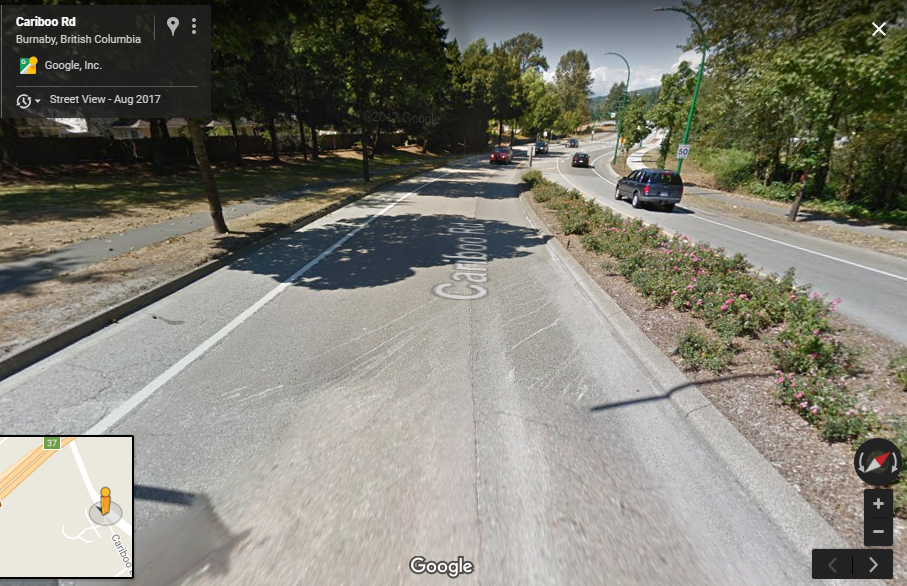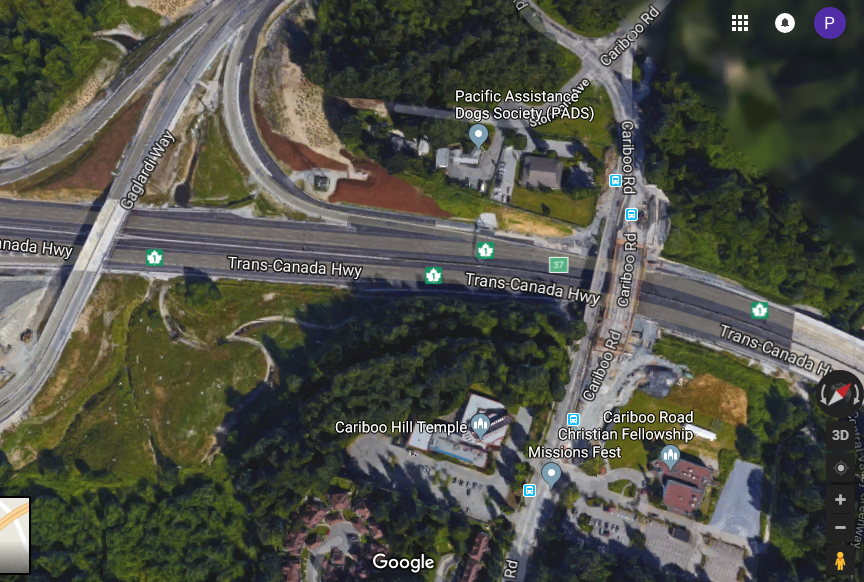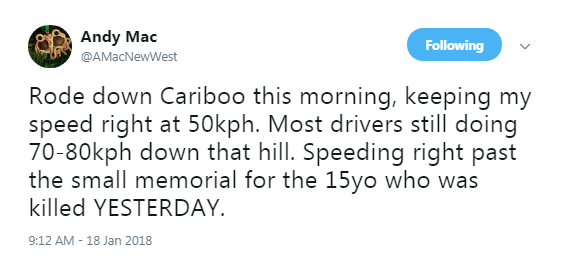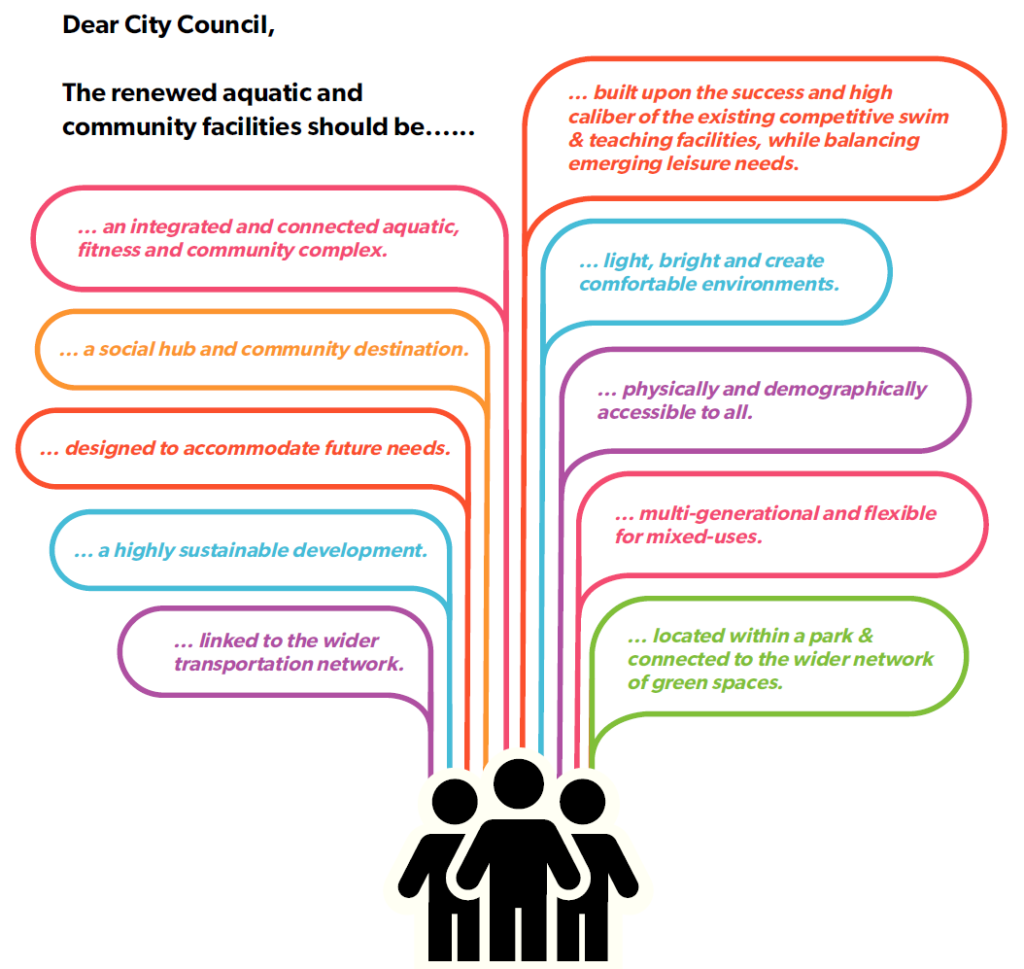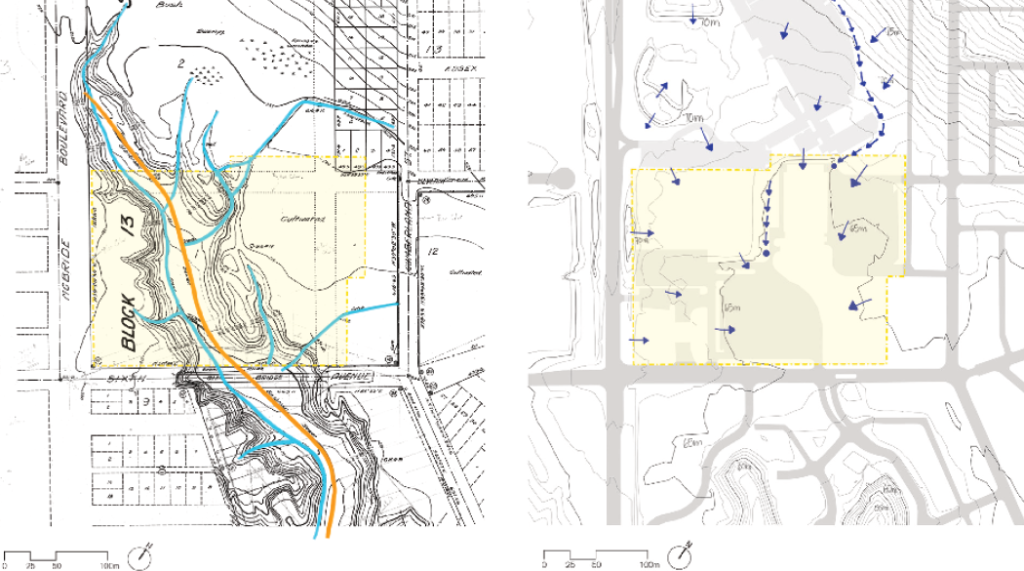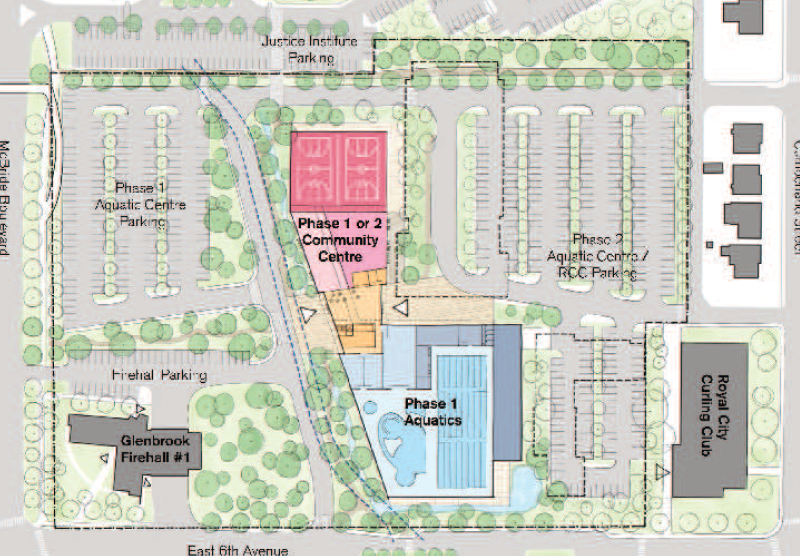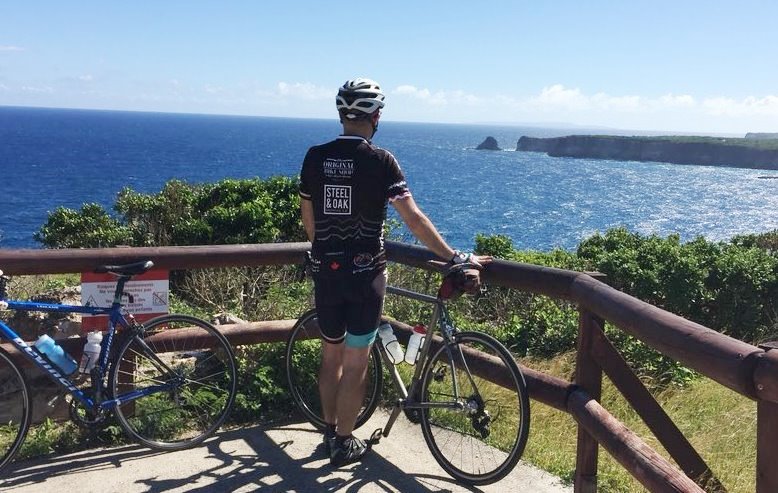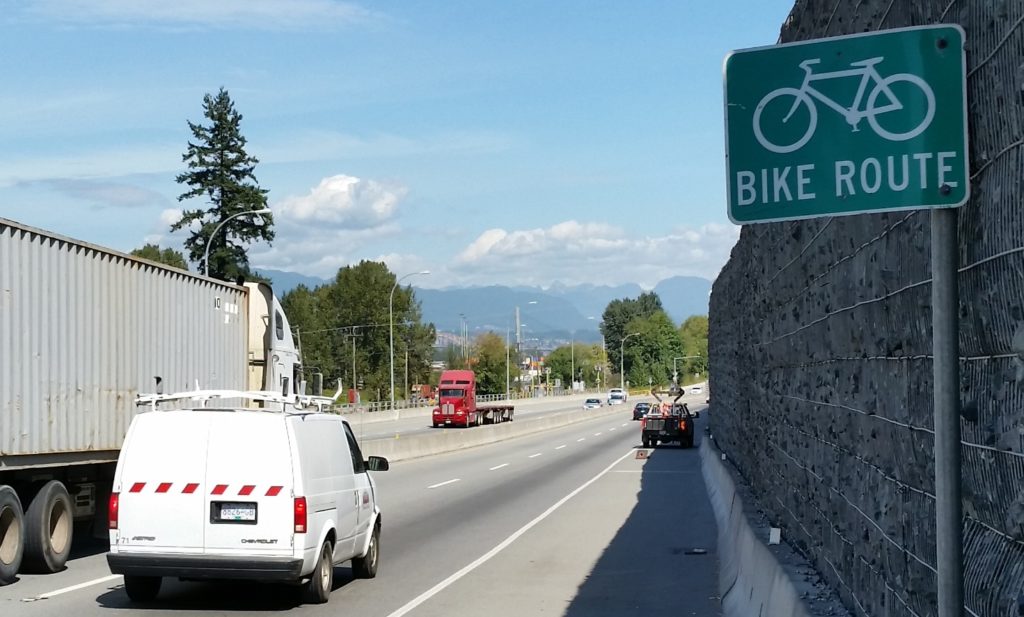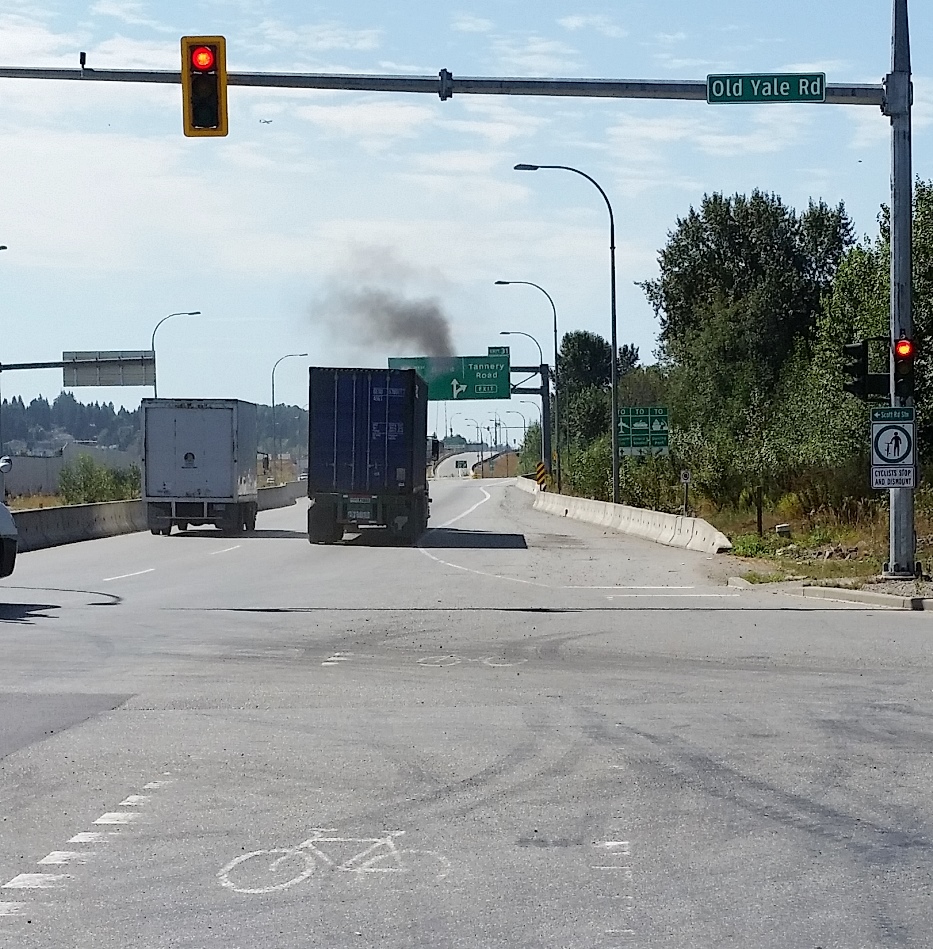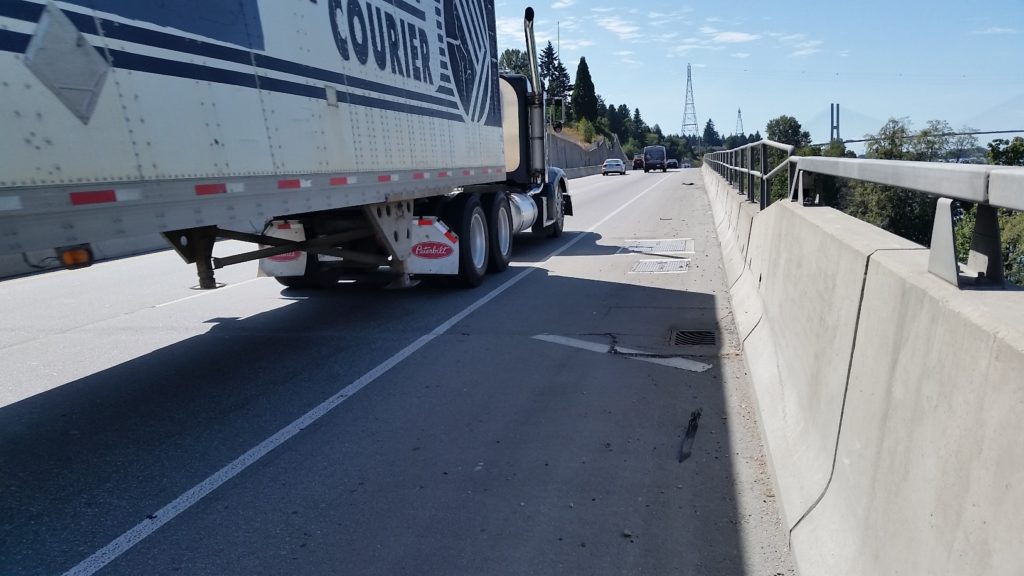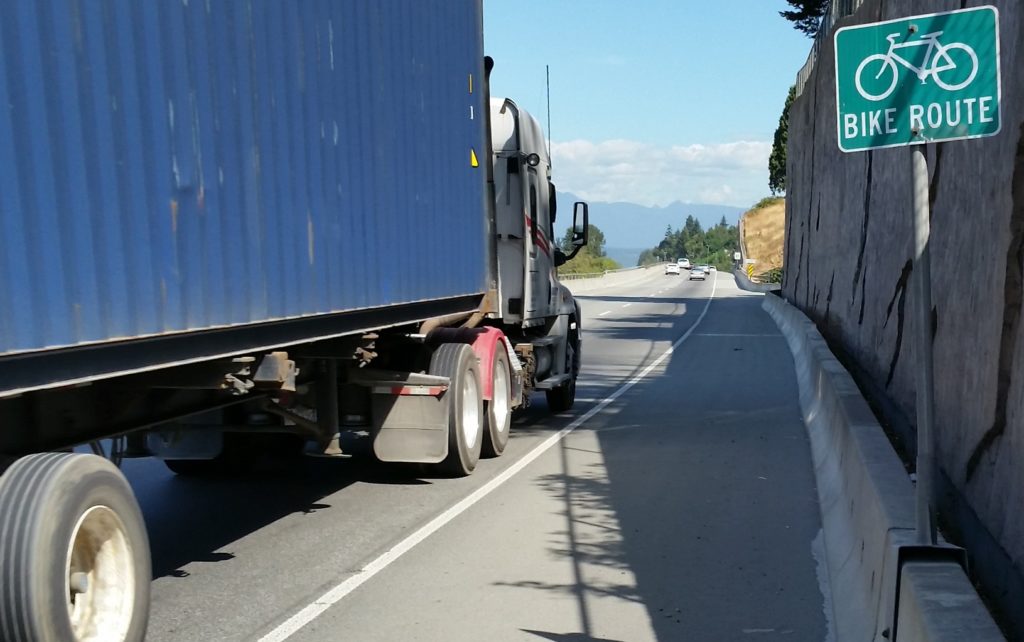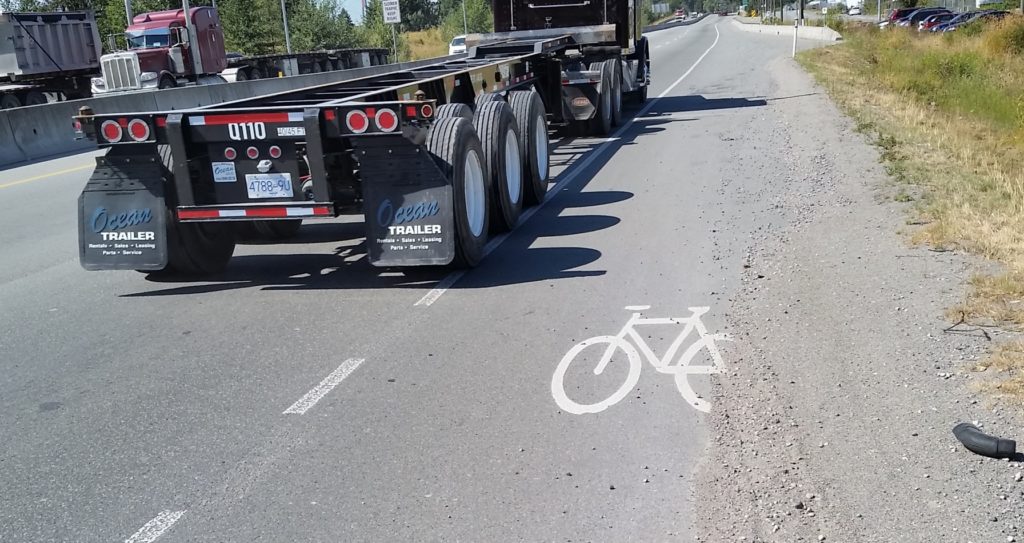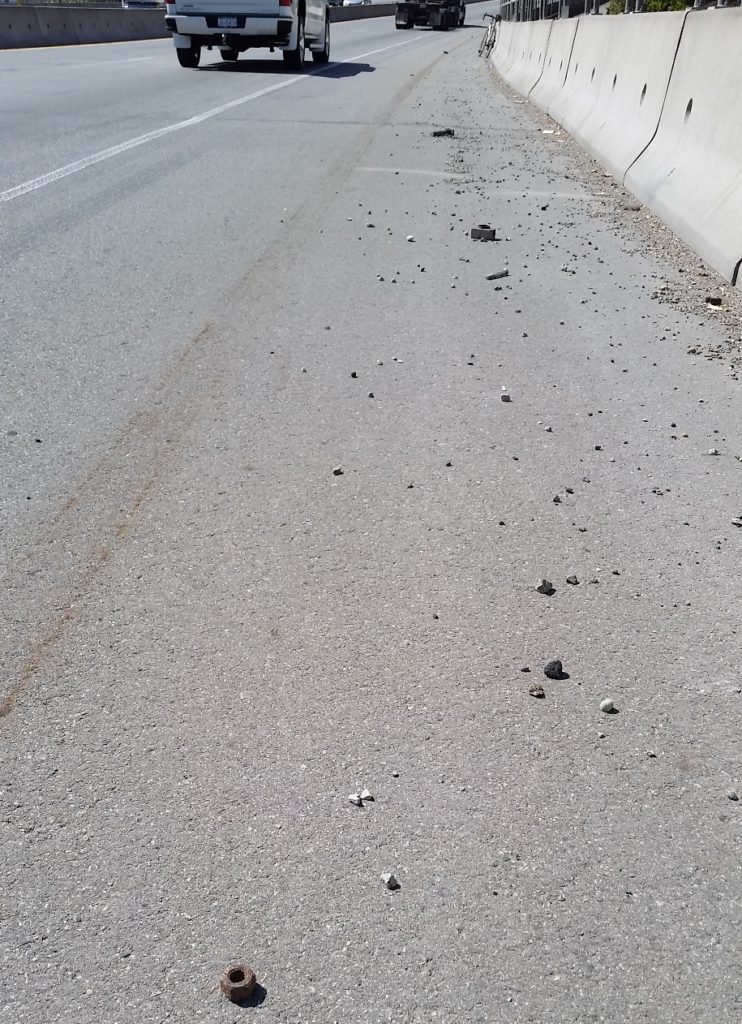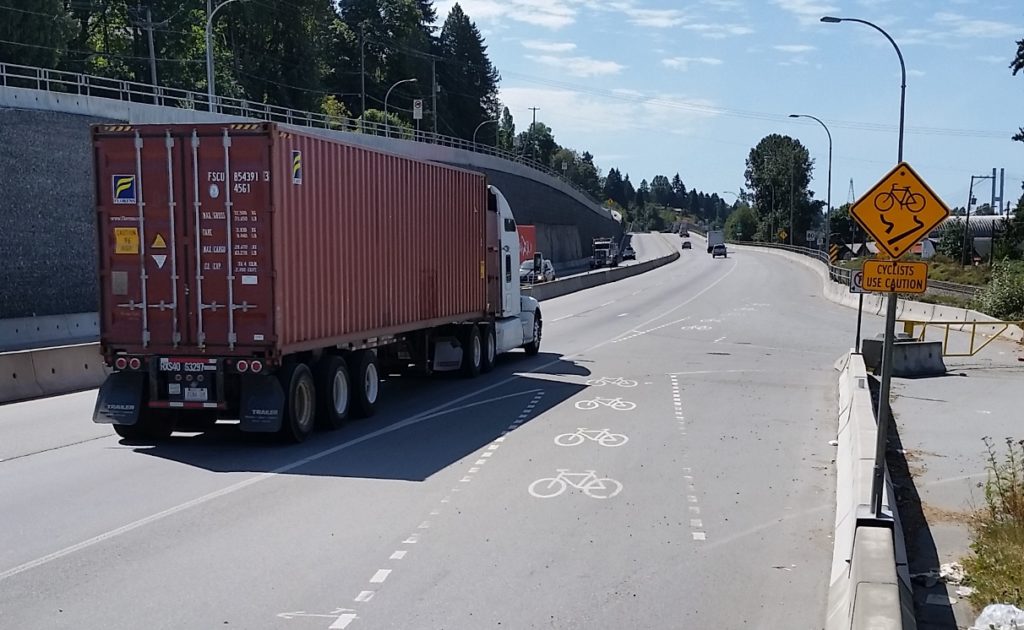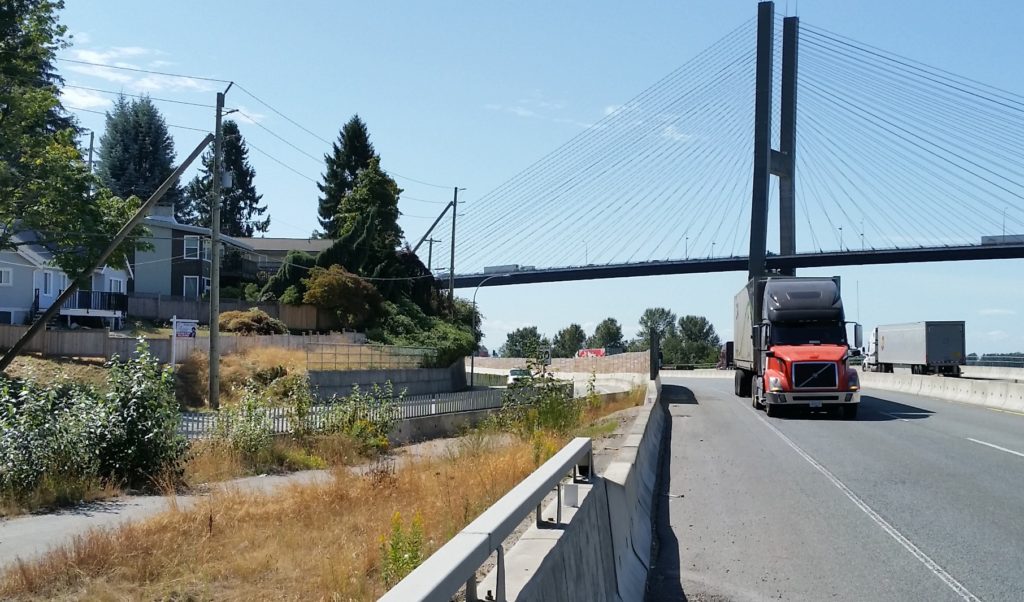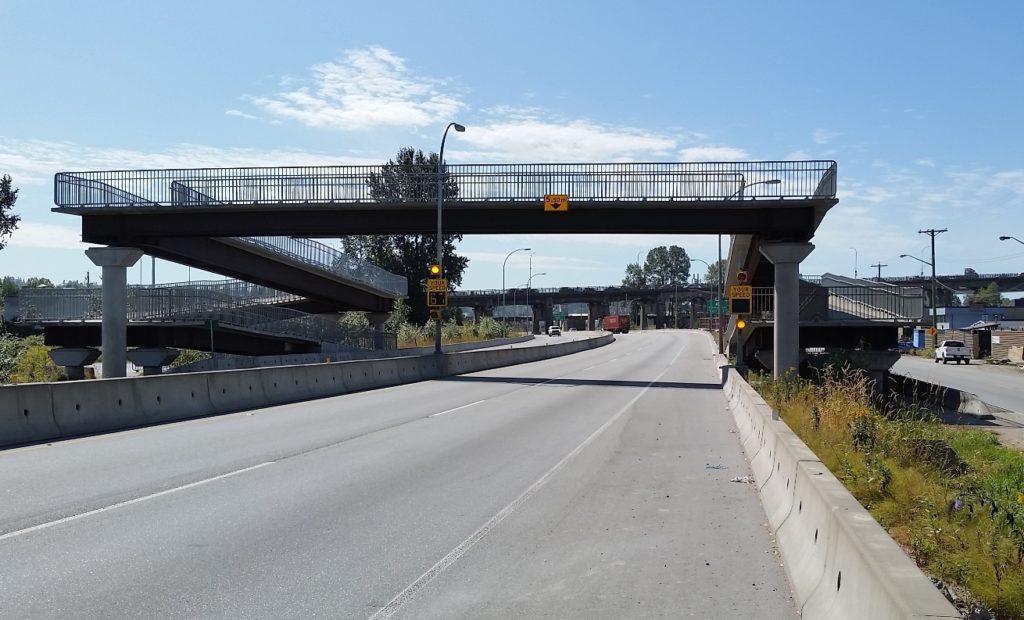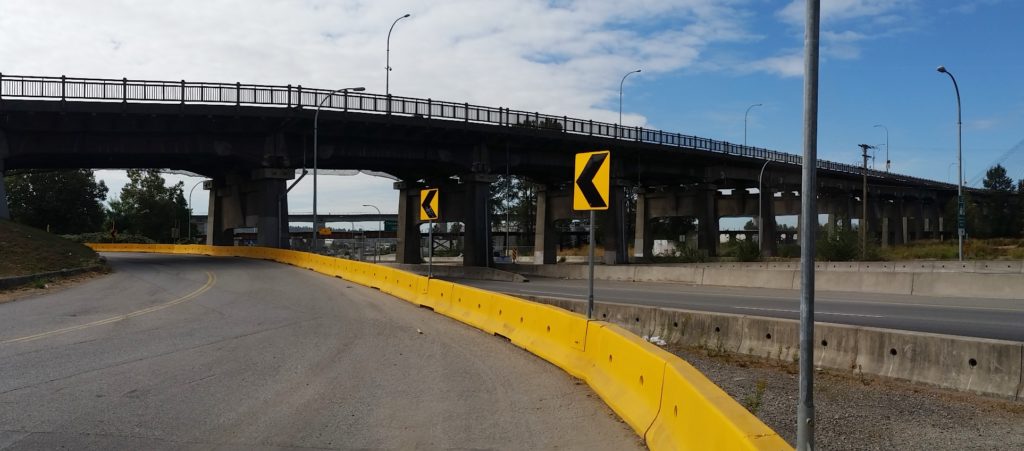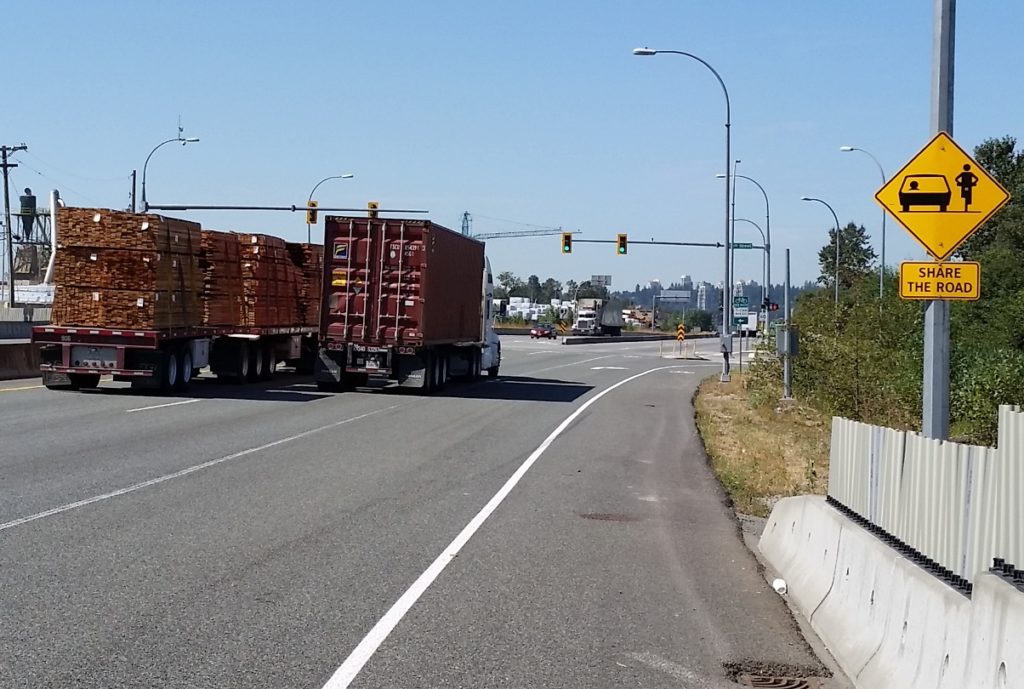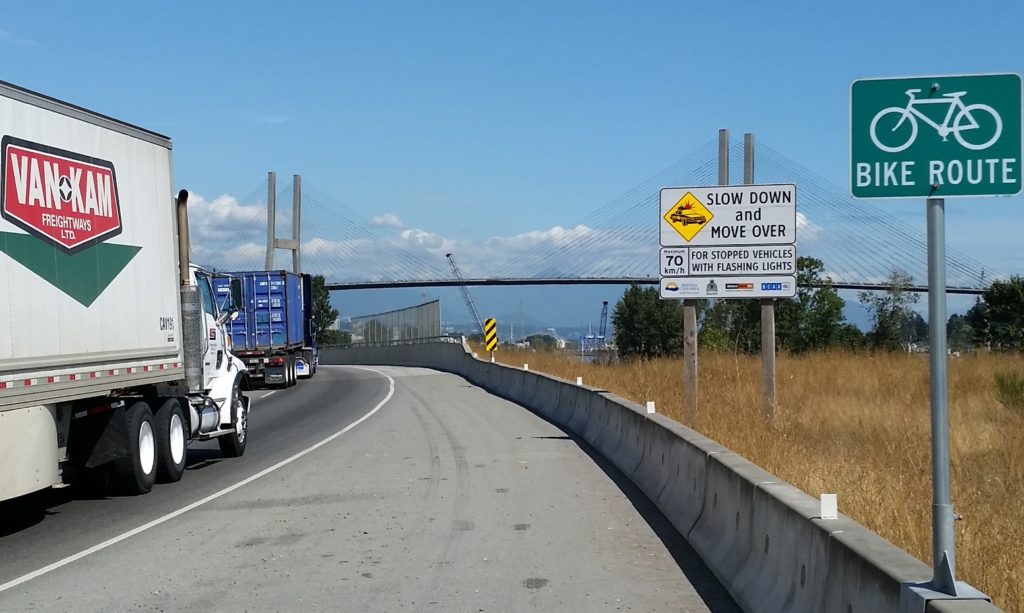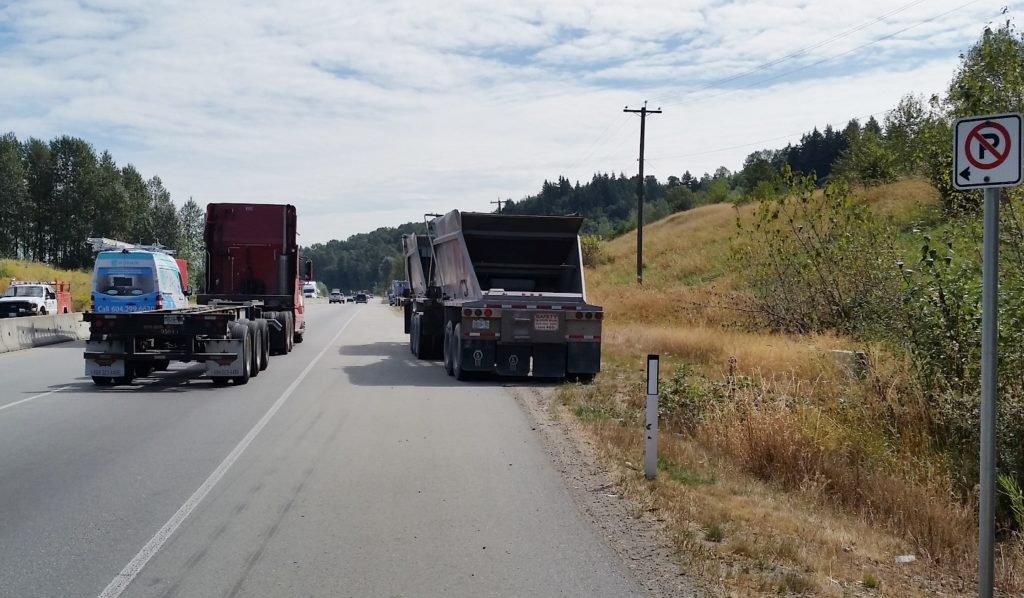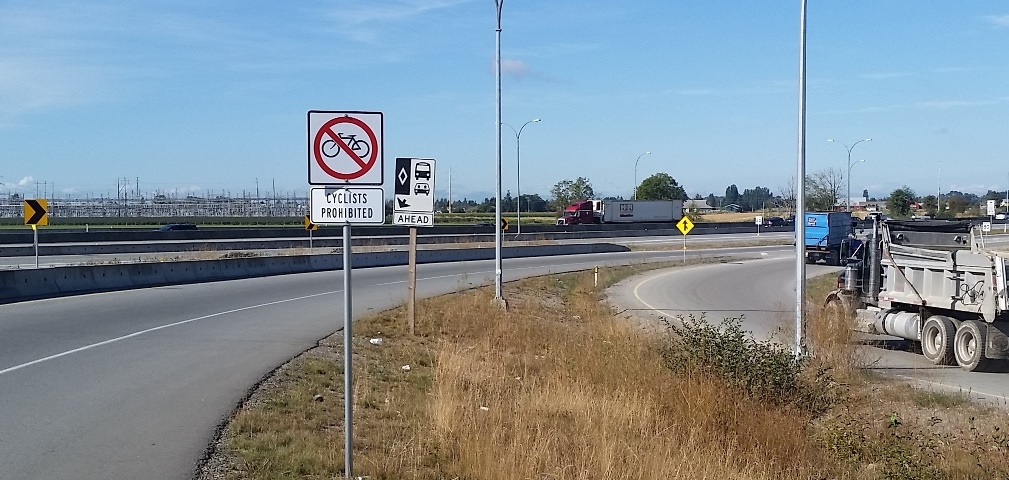The first meeting of 2018 had that back-to-school feel, with presentations, some interesting public delegations, and some actual work done. We started with a presentation from staff on Innovation Week, which I will probably have to write a whole separate blog post about, because there is a lot of cool stuff happening at the end of February, and you probably want to take part.
2018-2022 Draft Financial Plan – General Fund
This is the first public reporting of the work that has been done up to now on the 2018 budget and Financial Plan through to 2022.
Our General Fund (the money we use for the day-to-day running of the City) is currently budgeting revenue to increase by 3%, mostly from tax increases, with expenses increasing by 2%. We can achieve this with a 2.95% tax increase, and still include the transfer of $4.7 Million into capital reserves to support our long-term Capital Plan.
The Capital Plan for 2018 includes $64 Million spent on buildings and other capital improvements – $50 Million from the reserves we have in the bank, $7 Million from borrowing, and $7 Million from other sources (Grants, DCCs, etc.). This is completely manageable in 2018, but we need to look forward to our entire 5-year Capital Plan, which is (at first blush) pushing the envelope a bit.
We have a great number of capital projects, including some new facilities and ongoing capital maintenance. Over a 5-year plan, it totals more than $240 Million, which will challenge our reserves and our debt tolerance. A big part of this is the proposed replacement of the Canada Games Pool and Centennial Community Centre, but also includes implementation of our MTP, necessary maintenance and upgrades on the Library, City Hall, and other buildings, and meeting community expectations for everything from accessibility to pavement management (there is a great table in the report that outlines all of the items in the draft 2018 Capital budget attached to this report).
The need to invest in closing our infrastructure gap is not unique to New Westminster, and we are in pretty good shape compared to many similarly-sized Cities across Canada, but the gap is real and needs a proactive approach. We have already done some pretty serious prioritization of capital projects, and our staff have done the financial analysis to determine the right balance between drawing down reserves and increasing debt – both options have long-term financial consequences.
Staff are proposing a Capital Levy to be added to our property taxes to help us get over this capital investment bump. A 1% levy for 5 years would help our reserves be maintained at a level that provides financial security long-term. Essentially, that would mean our tax increase in 2018 would be 3.95% (assuming the general budget is approved as it is), but that the extra 1% would be earmarked for tangible capital improvements like the Canada Games Pool.
This is an interesting discussion, and I look forward to hearing from the public about how we should best address the needs identified in our Capital Plan.
The following items were moved on Consent:
Infrastructure Canada Smart Cities Challenge
This Federal Grant program is a pretty exciting opportunity – though it will be a highly competitive grant process. The City has a pretty ambitious Intelligent City program, and has already been recognized as a Smart21 City. Events like the Innovation Forum, our Hackathon and our Open Data, BridgeNet, and other initiatives put us in a good position to put together a bid, either alone or working with regional partners. We need some community help here, though, so look forward to some upcoming community engagement asking you to help us frame a “Challenge Statement”.
Changes to the 2018 Schedule of Regular Council Meetings
Oops, they moved Spring Break on us! Please update your 2018 social calendars so you won’t be disappointed!
Queen City (Bonnie’s) Taxi Ltd: Commercial Vehicle Amendment Bylaw No. 7976, 2018 to Add Vehicles – Bylaw for Three Readings
Once again, taxi operators in the City are asking for an increase in their fleets to meet frequency and timeliness standards their customers expect. This somewhat convoluted process includes the City approving a Bylaw to increase the number of licenses. This is the draft version of the Bylaw, which will go to an Opportunity to be Heard, so I’ll hold off my comments until after that.
Heritage Properties Maintenance Standards Bylaw No. 7971, 2018 and Bylaw Notice Enforcement Bylaw Amendment No. 7973, 2018: Bylaws for Three Readings
The Heritage Conservation Area (HCA) protections for Queens Park are designed to prevent the active destruction of important historical assets in the community. However, these assets can be damaged in a more passive way – through intentional or unintentional neglect or maintenance failures that erode the structural stability or heritage elements of the building. For this reason, HCAs usually include a Bylaw that regulates minimum standards of maintenance for otherwise protected buildings.
This draft Bylaw replaces an existing older Bylaw that protected heritage assets in the City, in order to align with the new HCA. Essentially, it requires owners take reasonable steps to prevent water ingress and rot, infestation, and damage caused by penetration of vegetation into the building. It doesn’t regulate things like fading paint or cosmetic appearances.
Passive Design Incentives for Single Detached Zones – First and Second Readings for Zoning Bylaw No. 7953, 2018
The City has looked at providing some development incentives to homeowners interested in building much more efficient houses. This would help us meet our long-term community energy and emissions reduction targets. Passive House (or, in the native German “Passivhaus”) is an ultra-low-energy standard where a typical residential home can be heated by little more than the waste heat from their fridge coils and domestic water (with a bit of a boost from low-power heaters in extreme conditions).
We have at least one Passive Houses-standard house in the City that I know of (you wouldn’t know looking at it from the street), and as the Province’s Step Code changes advance over the decades ahead, the “leap” to Passive House will be getting smaller and smaller – making it more and more attractive to builders.
However, the thicker walls required for Passive House currently mean a slightly smaller house for a given footprint/allowable zoning, and staff are recommending we change the way we calculate square footage (and concomitantly FSR) for buildings built to Passive House standard to level that playing field a bit. This Bylaw will go to Public Hearing, so aside from describing the intent, I will hold off on comments until after that.
2018 City Partnership Grants – Update
This is a follow-up on a few questions Council had coming out of the Partnership Grant applications and approvals we did back in December.
These items were Removed from Consent for discussion:
2018 Festival Grant Recommendations
This is the last of our Grant approvals for the 2018 season, with the rest being done back in December. Festivals Grants help fund everything from the Hyack Parade to the various cultural festivals and road “closures” across the City. No doubt the Festivals file has been a great news story in New West over the last couple of years, with so many great events happening. This is – I cannot emphasize enough – mostly due to the efforts of armies of volunteers from the many organizations that work to bring people together in New West. They do most of the heavy lifting for these events, but the City’s financial and logistical support can be fundamental to their success.
Our budget was $235,000, and we received 25 applications totaling just a hair under $400,000. So the Festivals Committee was charged with prioritizing funding based on established criteria. In the end, Council approved the recommended $248,100 in funding to 23 organizations – which is $13,000 over budget.
Housing and Social Planning Update and Work Program for 2018/19
This City is regional leader in the Housing and Social Planning departments, because of consistent support from Councils past and present over the last decade, and because of some remarkably strong work done by our social planning staff.
This file has grown (…expanded, …exploded) as the regional housing crisis worsened along with other social issues in the province related to poverty, mental health, and failing senior government social supports . There is so much going on: the development of supportive housing on City lands, expansion of childcare, actions under the Family-friendly housing policy, child and youth friendly city strategy, dementia-friendly City action plan, the Rent Bank, our Tenant Relocation Program… the list goes on.
We have senior governments now that are talking about re-investing in supporting the disenfranchised and marginalized citizens of the province, and there is some light on the horizon, but the City still needs to maintain consistent action, and that means we need to invest in the staff required to do that work. Council moved to support that work, and further made it clear to staff that we don’t want to slow down, but need to know that there are sufficient resources to address emergent issues. This work program is ambitious, but the City is ambitious.
Rental Replacement Policy and Inclusionary Housing Policy: Proposed Work Plan and Consultation Process
Speaking of good work on the affordable housing file, we are looking at how to encourage the development of more affordable housing options. We have been pretty successful at encouraging secured market rental gets built, but need to worry about the affordability of those units, and long-term stability of the lower-cost rental stock (this is where the Demoviction and Renoviction issues come in). We also need some policy guidance on inclusionary housing – assuring there is a reasonable non-market housing component to the new housing growth in the City. That will require some economic analysis of proposed policy changes, for which we would need to hire some consultants. This can be paid for out of our Affordable Housing fund.
There will be some stakeholder and public consultation on this work, and I am interested to see where it is going.
We then performed our normal Bylaws shuffle
Zoning Amendment Bylaw (Passive Design Exclusions) No. 7953, 2018
As discussed above, this Bylaw would adjust our zoning to support the building of more energy-efficient buildings. Council gave this Bylaw Amendment two readings, and it will go to Public Hearing on January 29th. C’mon out and let us know what you think.
Commercial Vehicle Amendment Bylaw No. 7976, 2018
As discussed above, this Bylaw which would allow an increase in Taxi licenses in New Westminster was given three readings. There will be an Opportunity to be Heard on this Bylaw Amendment on January 29th. C’mon out and tell us what you think!
Heritage Property Maintenance Standards Bylaw No. 7971, 2018
Bylaw Notice Enforcement Housekeeping Amendment Bylaw No. 7973, 2018
As discussed above, these Bylaw amendments that would help protect heritage homes in Queens Park from intentional neglect were given three readings.
232 Lawrence Street – Zoning Amendment Bylaw No. 7948, 2017
This Zoning Amendment was given a Public Hearing back on November 27th, and is required to permit a childcare facility to operate on City lands in Queensborough. It was Adopted by Council, and is now the Law of the Land.
Five-Year Financial Plan (2017-2021) Amendment Bylaw No. 7938, 2017
This Amendment to our 2017-2021 Financial Plan was discussed and given three readings back on December 4th. It is an administrative update to adjust for changes that occurred during the year, and was Adopted by Council.
And, again, aside from an interesting Public Delegations session, that was the work for the evening. See you all next week, same time, same channel!
